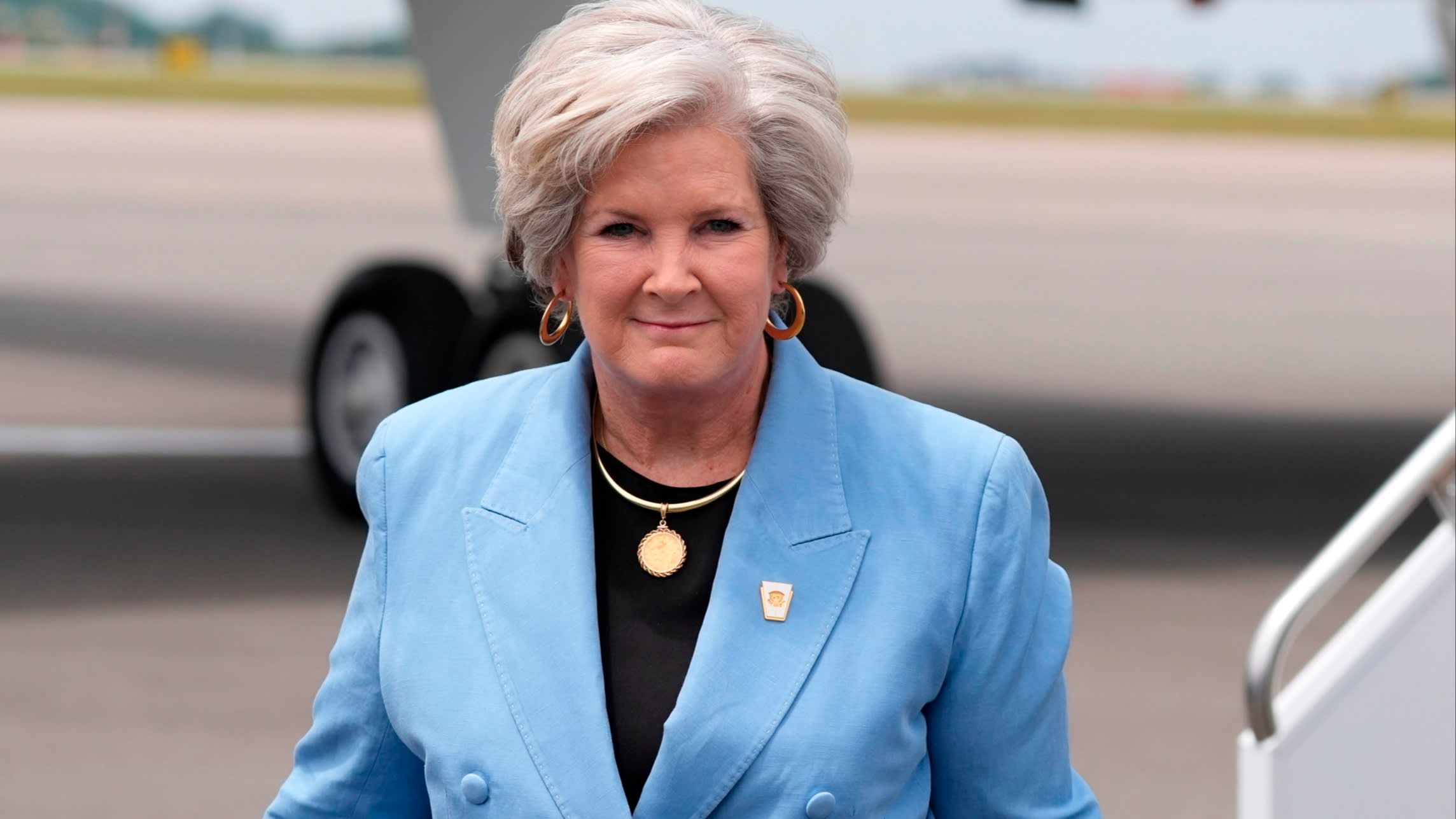I am grateful for two insightful articles which together throw light on why Americans were ready to re-elect a politician with such a colourful and somewhat unpredictable track record!
John Plender’s The Long View (“Central banks need escape route from boom and bust cycle”, Opinion, November 2) highlights how interest rate cycles have led to recurrent financial crises and increasing interventions, notably quantitative easing which in turn has exacerbated inequality.
In his column Ruchir Sharma (Opinion, November 4) sets out how this inequality has impacted the US.
“A growing number are priced out of homes and falling behind on credit-card debt. The bottom 40 per cent by income now account for 20 per cent of all spending while the richest 20 per cent account for 40 per cent. That is the widest gap on record and it is likely to widen further.”
He also refers to “a widening wealth gap between the young and old”. It would seem that this part of the US electorate, disadvantaged by monetary policy, contributed significantly to Donald Trump’s comprehensive victory. While immigration and other issues have clearly played an important role, so too it would seem has the US Federal Reserve. So I strongly support Plender’s conclusion that “a debate is urgently needed around monetary policy’s neglect of credit and debt developments”.
This debate should cover all aspects of the monetary policy pursued by the Fed and other central banks since the principles of the monetarists were abandoned in the early 1990s, and especially the repercussions of QE policies. Who better to lead this debate than the FT “as the world’s global newspaper” as we, as FT subscribers, were reminded by the editor yesterday.
Vincent Thompson
Great Dunmow, Essex, UK





































































































































































You must be logged in to post a comment Login